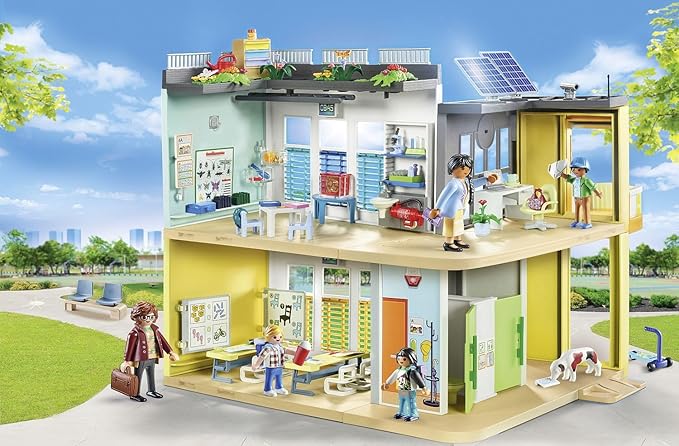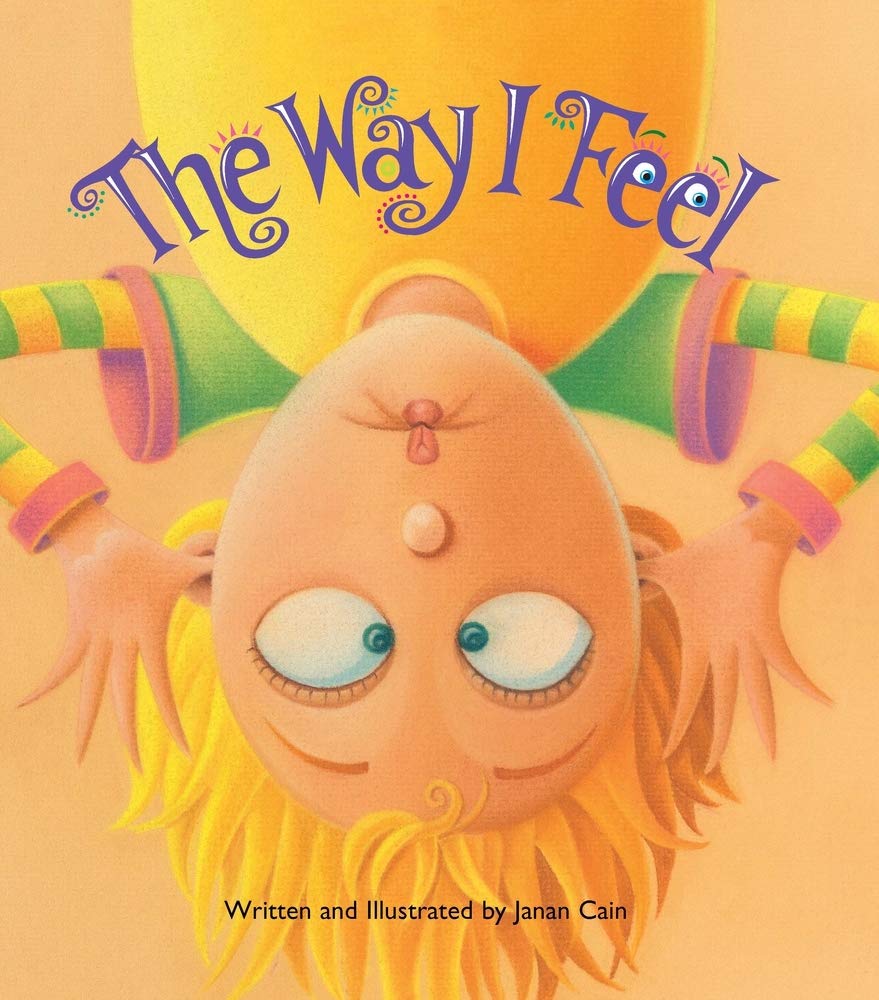Play therapy and its implications for language development difficulties
The ability to communicate verbally is not just a mechanism for conveying information; it is a fundamental pillar of human identity and our social interaction. Given its significance, it’s understandable that any impediment in a child’s capacity to develop language can have a profound psychological impact.
Various studies and research have emphasized how communication difficulties in childhood can act as catalysts for emotional problems. These issues include anxiety, diminished self-esteem, and feelings of frustration. These, in turn, can further intensify the challenges in speech and communication. Consequently, a feedback loop is established: limitations in language exacerbate emotional issues and vice versa. This cycle can be detrimental, even triggering additional complications like problematic social interaction. Therefore, it’s crucial to address not only the linguistic problem but also the emotional implications it entails.
To tackle this multidimensional challenge, Child-Centered Play Therapy emerges as a valuable and effective tool. Unlike traditional therapies that heavily rely on verbal communication, Play Therapy leans on the expressive and communicative nature of play. For many children, especially those with language difficulties, play acts as a primary communication channel. As Landreth (2002) suggests, play can be regarded as the “language” of children, and in this “language,” toys become the words they use to express themselves.
Child-Centered Play Therapy has proven to be highly beneficial in multiple respects. Besides reducing anxiety and enhancing children’s expressive capacity, it has also shown to be effective in boosting social skills and improving interpersonal relationships. Furthermore, at a linguistic level, notable improvements have been observed in areas such as articulation, fluency, and expressive ability.
In conclusion, addressing language difficulties in childhood requires a holistic approach. Play Therapy offers a promising and effective avenue for tackling both linguistic and emotional challenges in children. It’s a valuable resource that, when correctly applied, can make a significant difference in many children’s lives.
Bibliography
Audet, L.R., Burke, G.M., Hummel, L.J., Maher, S.R. and Theadore, G., 1990. Communication disorders and emotional/behavioural disorders in children and adolescents. Journal of Speech and Hearing Disorders, 55, pp.179-192.
Danger, S. and Landreth, G., 2005. Child-Centred group play therapy with children with speech difficulties. International Journal of Play Therapy, 14(1), pp.81-102.
Irwin, E.C., 1972. Play therapy for children with cleft palates. Children Today, 3(3), pp.18-22.
Irwin, R.B., 1974. Language of culturally deprived children. Ada Symbolica, 3(2), pp.129-132..
Kupperman, P., Bligh, Sv and Goodban, M., 1980. Activating articulation skills through theraplay. Journal of Speech and Hearing Disorders, 45(4), pp.540-548.
Landreth, G., 2002. Play therapy: The art of the relationship. (2nd ed.). New York: Brunner-Routledge.
McAndrew, E., 1999. The relationship between self-esteem and language disorders. Child Language Teaching and Therapy, 15, pp.219-232.




